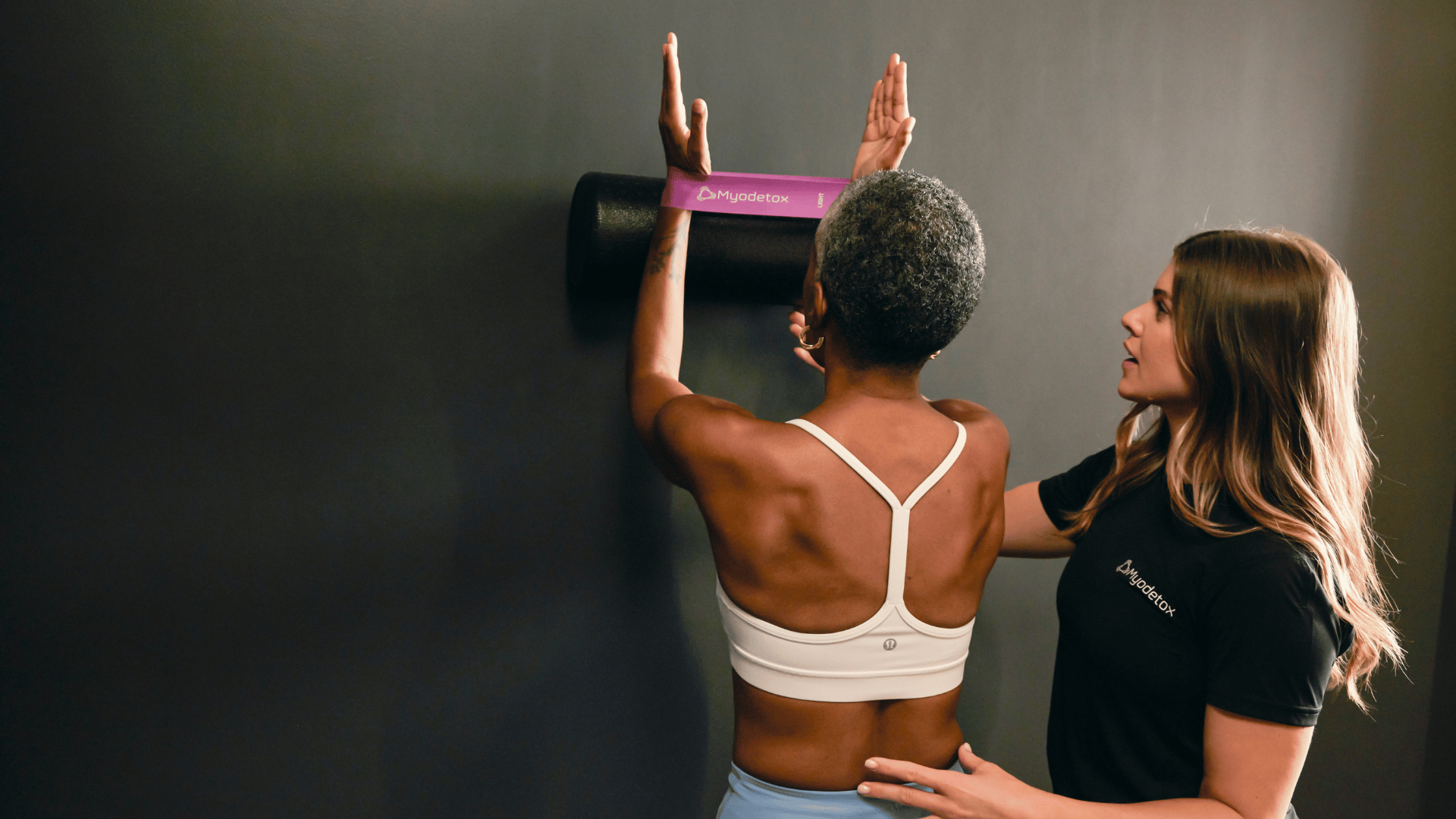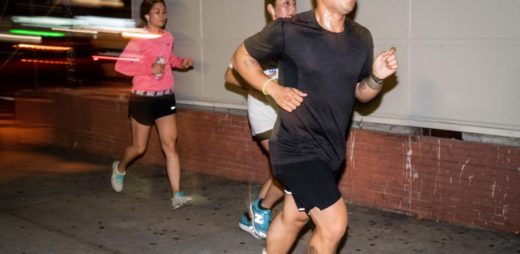Osteoarthritis 101
What do Jack Nicklaus, Shaquille O’Neal, and Dorothy Hamill have in common? Aside from being legends in their respective sports, they are all individuals who managed osteoarthritis while competinging in professional sports.
Modern medicine has deemed osteoarthritis (OA) as a “wear and tear” injury.Though it corresponds with previous injury and age, there are steps you can take to minimize your risk of getting OA, minimize the impact of OA, and maximize your mobility, if you have it.
The Facts
There are more than 100 forms of arthritis that affect our joints, but the most common kind is osteoarthritis. Here are the facts:
Often labeled the “wear and tear” disease, osteoarthritis leads to degradation of the cartilage and surrounding structures – bone, ligaments, and fatty tissue of the joint. The changes caused by osteoarthritis can deform the shape of the affected bones leading to inflammation, stiffness, reduced mobility, aches, and pain.
Typically, cartilage is a tough connective tissue that absorbs force and facilitates smooth movements between two bones. With osteoarthritis, this cartilage breaks down leading to rougher movement between two bones, and possible bone-on-bone contact.
OA is most often felt as stiffness in the morning, with pain further aggravated with activity. People with OA will experience movement restriction with daily activities such as walking, sit-to-stand, and going up/down stairs. The extent of damage is typically determined by a physical assessment, mobility screen, and X-ray.

Who Gets Osteoarthritis?
Osteoarthritis can happen at any joint. It typically occurs at the knees, hips, low back, hands, and neck. Note that these regions typically experience significant weight-bearing and movement.Those most at risk for developing osteoarthritis are over 50 years old. If you’ve had a previous injury at a joint (e.g. meniscal tear or an anterior cruciate ligament (ACL) tear), your risk of developing osteoarthritis increases. Moreover, if you are overweight or inactive, your risk for OA also increases.

What Causes Osteoarthritis?
There are several factors that may contribute to developing OA:What Can You Do About It?
The most severe cases of osteoarthritis restrict specific patterns of movement, and limit daily mobility. Depending on the extent of damage and activity limitation, some cases require surgical intervention e.g. total knee replace, total hip replacement, and joint fusions to name a few.Thankfully, there are several interventions you can do with your physical therapist to reduce the impact of osteoarthritis:
Let us help support your OA journey
Find your nearest Myodetox clinic



